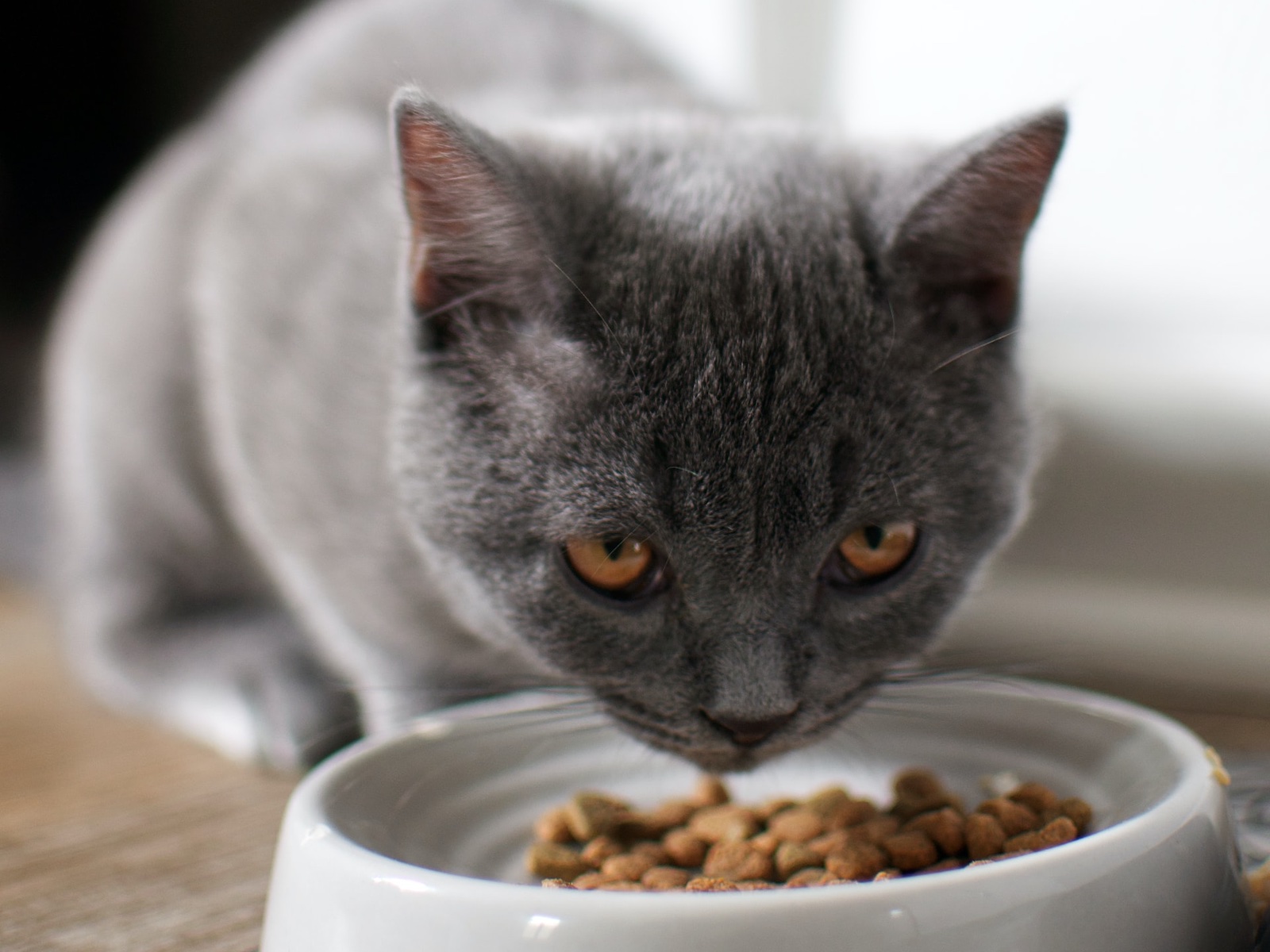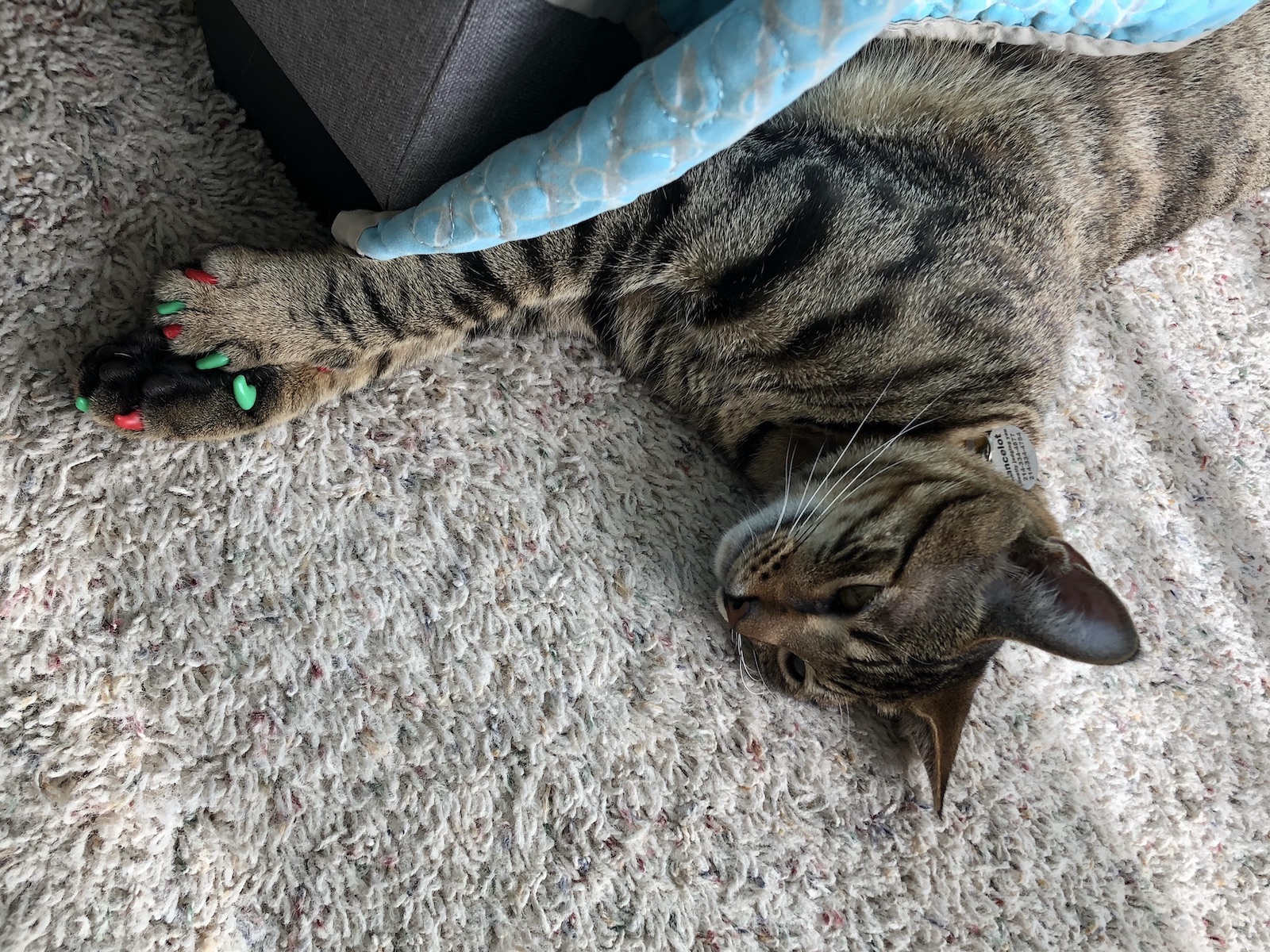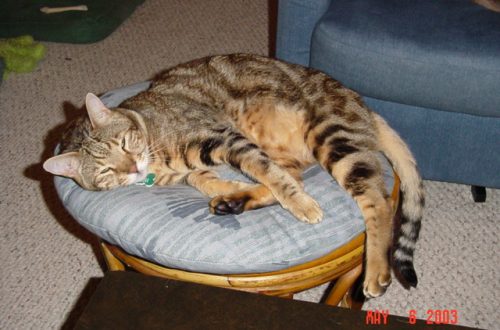
Spaying or neutering your pet
Part of being conscientious pet owner is considering the importance of spaying or neutering your dog or cat. If you’ve ever visited an animal shelter, you’ve seen some of the thousands of pets each year who are homeless. You can’t save them all, but you can help prevent pet overpopulation by spaying or neutering your own pet. Need more reasons to “fix” your pet? Besides preventing unwanted litters, spaying or neutering helps prevent many life-threatening diseases and can head off some irritating behaviors.
Although it’s commonly referred to as a spay, this surgery is actually a complete ovariohysterectomy, or the removal of both ovaries and the uterus. Spayed dogs are at much lower risk for mammary gland tumors (breast cancer), and their chances of developing ovarian cancers and cysts, and uterine infections are eliminated.
Neutering is the removal of both testicles. It sounds worse than it is — and no, he won’t miss them! Neutered males are less susceptible to prostate disease, and their chances of developing testicular cancer are eliminated. They’re also less likely to act aggressive or to wander away from home, so neuter your pet before his heart leads him into the path of an oncoming car.
Often people worry that their spayed or neutered pet will get fat. It’s true that lowered hormone levels may decrease your pet’s activity and they will definitely decrease your pet’s metabolism. However, the key to this problem is simple. Give your pet less food and more exercise. It’s also a myth that females need to complete a heat cycle before being spayed. There is no medical reason for this old wives’ tale. In fact, the fewer heat cycles your pet goes through before getting spayed, the better her protection against mammary cancer. Worried that your male dog may lose his personality or “spunk” after being neutered? Don’t be! If he loses anything, it’ll be the potential for bad behavior.
Although the veterinary community recommended spaying or neutering your pet between 6-10 months of age in years past, we have recently updated this recommendation. It still applies to cats and small & medium breed dogs. However, if you have a large or giant breed dog, you should wait until your pet if fully grown. This means waiting till about 12-18 months of age until surgery. This allows your large breed dogs to develop their joints and bones properly. This in turn helps to lessen the severity of any inherited joint disease, such as hip and elbow dysplasia, that your dog may be predisposed to develop in the future. And don’t worry — the protective effects of early spaying toward developing breast cancer still hold true after your pet’s gone through her first heat cycle.





